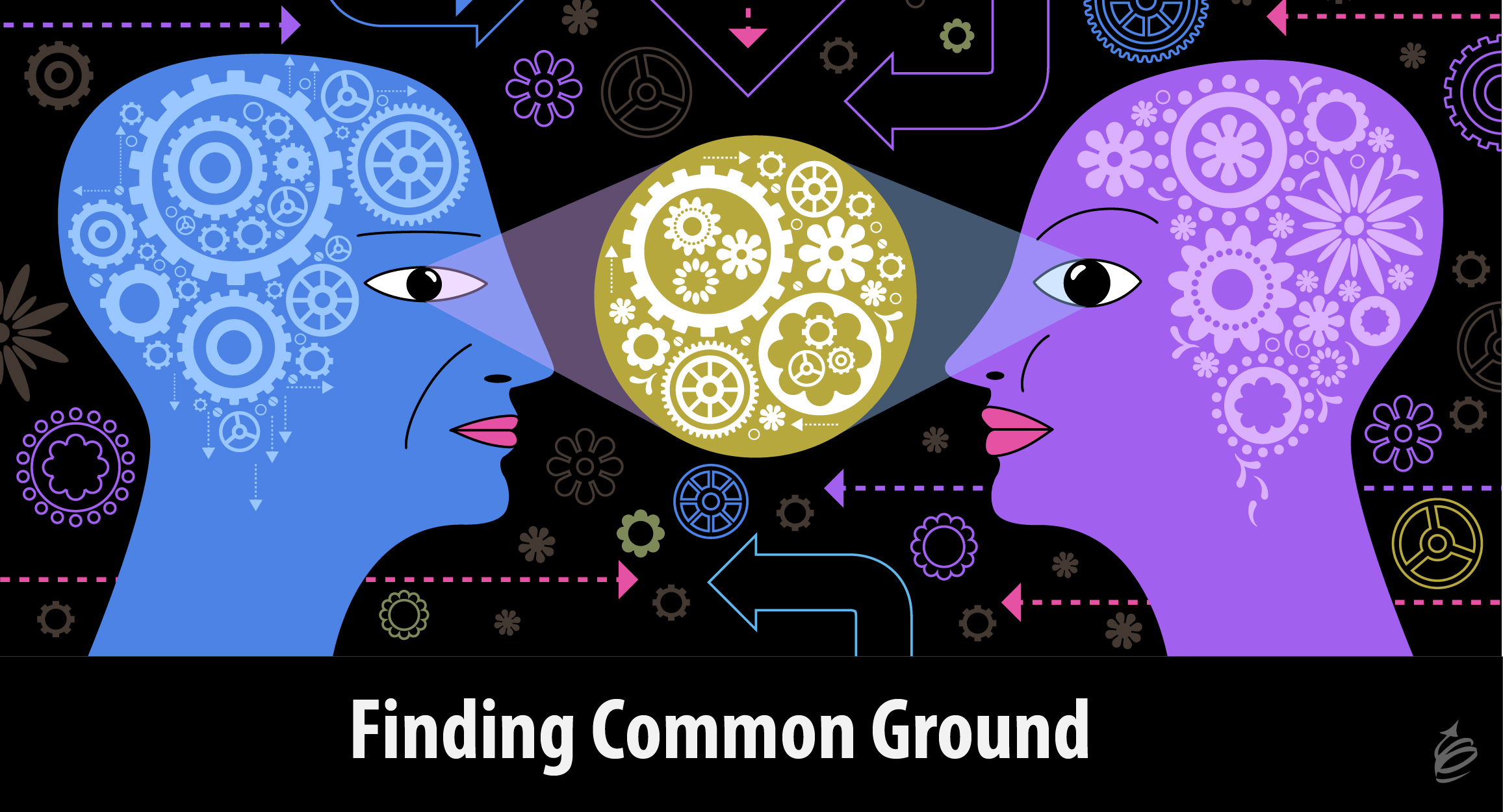Emotion, not calculation or rational thought, dominates the process of human decision making. Research has shown that people who have sustained damage to the frontal cortex of their brains, where emotions are generated, are virtually unable to make any decisions at all.
Why does this matter to marketing?
No Emotion, No Sale
Buying a product or service is a decision. When we understand that emotion plays a central role in decision making, we realize that we cannot convince people to make that decision with facts and rational arguments alone. We realize people literally can’t decide to make a purchase unless we evoke an emotional response in them. Wow.
Emotional Magic
Ok, so we’re enlightened. We know that, as marketing professionals, we have to find ways to spark emotion in the customers we help our clients pursue. Should be easy. We can just pick up a box of Good Feelings from Wally World and sprinkle them on our target demographics, right? Maybe not.
We’re always looking for the panacea to solve all our ills, the silver bullet to slay the beast that stands between us and fat ROI for our clients. And we all know there are no silver bullets or magical panaceas, don’t we? Well guess what … in this one case, there is a magic bullet that we can use to fire up our clients’ customers and inspire them: storytelling.
What About Technology?
“Ok,” you say, “I’ve heard all the trendy hype about storytelling. But keeping up with current technology is more important, isn’t it?”
Technology is not doing the storytelling for us, yet (at least not well). I doubt it ever will. Technology is a tool, like a pen. No pen ever picked itself up and wrote a great story. We have to pick it up and use it to create something. It’s the same with technology. And when we pick up these tools and use them to tell a story, some amazing things happen.
The Science Behind the Magic
When you tell a story, it causes a series of reactions in the brain that trigger emotions and other responses, resulting in your audience feeling connected to you. A process called neural coupling enables the people listening to the story to adopt the ideas and feelings you describe as their own. If you’re telling the story in person, your listener and you even experience similar brain activity.
When you process simple facts, research has shown that the Wernicke’s and Broca’s areas of the brain are activated. When you listen to a story, large areas of the brain become active, including the frontal cortex, where your emotions “live.” And when a story elicits a strong emotional response, the brain releases dopamine, which chisels the story into your memory.
Storytelling in Marketing
“Great stuff,” you say, “but how can I put this science theory into practice to make my clients’ phones ring?”
It’s like the Who sang: “Here’s to the new boss. Same as the old boss.” Get back to basics in your message development (fancy marketing term for “writing”).
Here are some basics you’ll likely remember from Comp 101:
- Don’t write to show off your “style.” Remember that writing is really a form of telepathy; you’re moving ideas from your mind to those of others. So keep it simple. Jack ran up the hill. He did not utilize his lower appendages and ambulate up an inclined plane to reach its pinnacle. And if he did, his marketing career was tough and short.
- Paint pictures. If you tell me that the Rump Slimmer 2000 will make me look great, I’m skeptical and probably a little put off (what’s wrong with my rump?). But if you describe the wonderful, glamorous life I’ll have with my new, movie star bootie … beautiful women flocking to me … wealth … fame … power … Ok, maybe that’s a lot to ask of a rump slimmer. But you see my point. Put me in a vivid story.
- Tell me why I should care. What’s in it for me? Remember that people never buy features. They buy benefits. No one buys a drill because they need a drill. They need a hole. Make sure you keep that in mind as you craft your clients’ stories. What do they do for their customers?
- Get feedback. Editors don’t just catch spelling and grammar errors. Good ones also help you preserve the gossamer thread that connects your mind to that of your readers (or your clients’ customers). When you read anything you wrote, you’re immersed in your own logic, and your mind fills in gaps that can prove too wide for that fine thread to bridge. When it snaps, you lose your reader (and your client’s customer). Ask someone you trust to read … everything.
Get back to basics and use storytelling in your marketing strategy. You’ll live happily ever after.






Leave A Comment